Upgrade your laundry routine with our integrated washer dryers category. With these appliances, you can now wash and dry your clothes in one machine, saving you time and energy. Our collection features high-quality and efficient integrated washer dryers from top brands in the washing machines and tumble dryers niche.
Integrated Washer Dryers
Streamline Your Laundry Routine with Our Efficient Integrated Washer Dryers
Product List
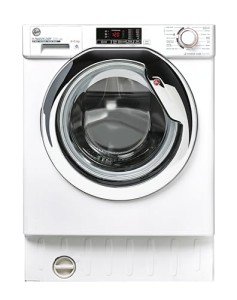
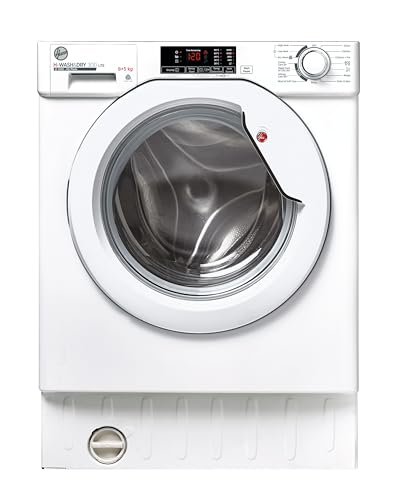
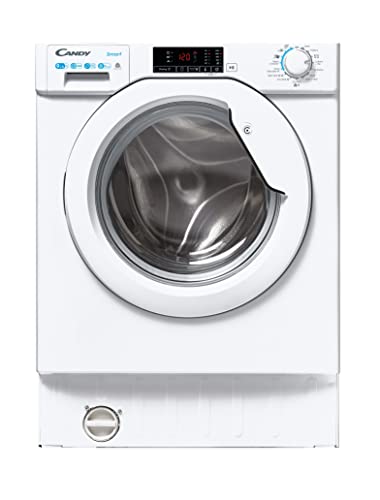
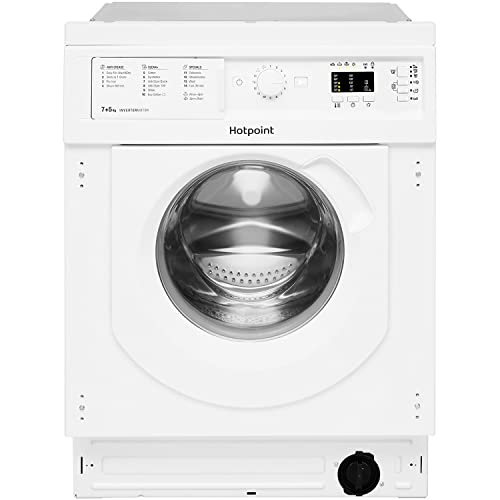


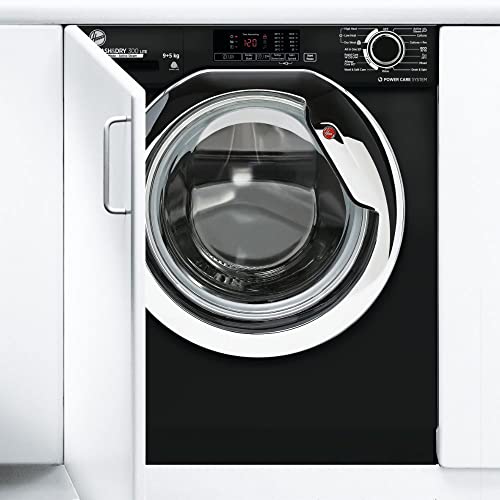
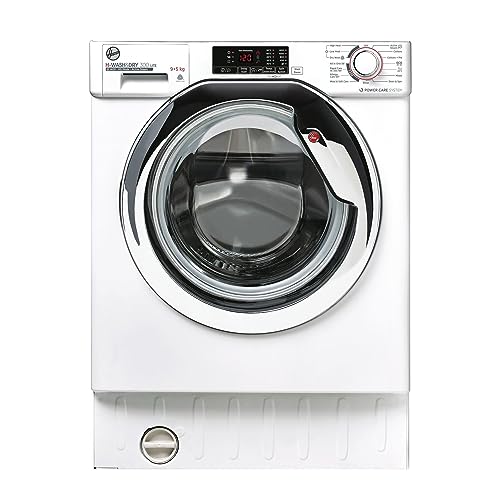
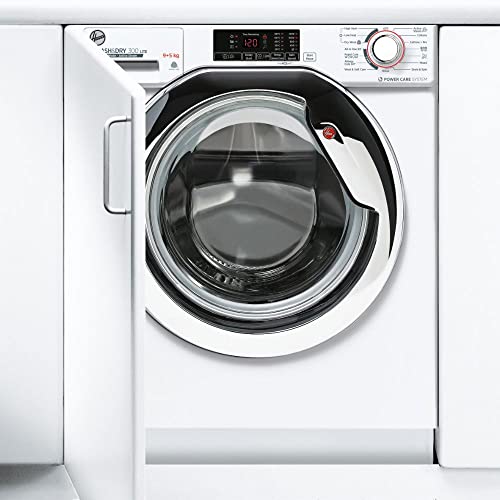
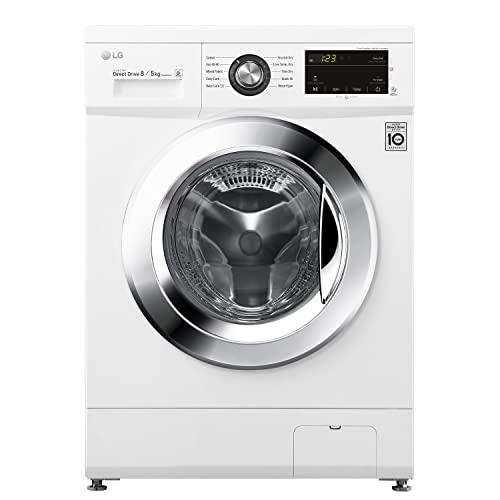
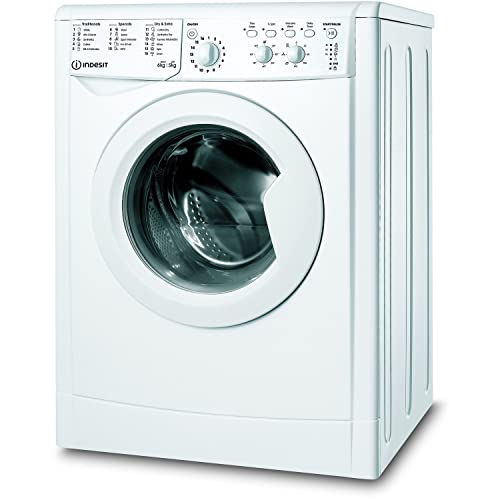
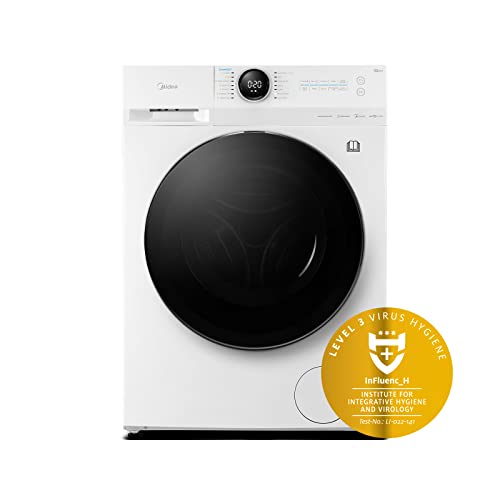
Integrated Washer Dryers: The Ultimate Guide
Are you in the market for a new washer and dryer but limited on space? Look no further than integrated washer dryers! These innovative appliances combine the convenience of both a washing machine and a dryer in one compact unit, perfect for small living spaces or maximizing laundry room efficiency.
What are Integrated Washer Dryers?
Integrated washer dryers are versatile machines that can wash and dry your clothes in a single cycle. They are designed to fit seamlessly into your kitchen or laundry room, with a sleek and modern look that blends in with your existing decor. Unlike traditional washer and dryer sets, integrated washer dryers do not require separate installations and allow you to complete your laundry tasks without the need to transfer clothes between machines.
How do Integrated Washer Dryers Work?
These all-in-one appliances work by first washing your clothes like a standard washing machine. Once the washing cycle is complete, the machine automatically switches to the drying cycle, saving you time and effort. Integrated washer dryers use advanced technology to ensure that your clothes are washed and dried efficiently, leaving them clean and ready to wear in no time.
Benefits of Integrated Washer Dryers
- Space-saving: Perfect for small living spaces, apartments, or homes with limited laundry room space.
- Convenience: Wash and dry your clothes in one machine, eliminating the need to transfer loads between machines.
- Energy-efficient: Many integrated washer dryers are designed to be energy-efficient, helping you save on utility costs.
- Modern design: Sleek and stylish, integrated washer dryers add a touch of modernity to your laundry room.
- Versatility: Can handle various fabric types and laundry loads, making them suitable for all your washing and drying needs.
Things to Consider Before Purchasing an Integrated Washer Dryer
Before investing in an integrated washer dryer, there are a few things to consider to ensure you find the right fit for your needs:
- Capacity: Make sure the machine can accommodate the size of laundry loads you typically wash and dry.
- Energy efficiency: Look for models that are Energy Star certified to save on utility costs.
- Features: Consider additional features such as steam cleaning, quick wash cycles, and smart technology for added convenience.
- Budget: Determine your budget and shop around for the best deals on integrated washer dryers that meet your criteria.
Integrated washer dryers offer a convenient and space-saving solution for all your laundry needs. With advanced technology and energy-efficient design, these all-in-one appliances are a valuable addition to any home. Consider the benefits and features of integrated washer dryers to find the perfect fit for your lifestyle. Experience the convenience and efficiency of integrated washer dryers today!